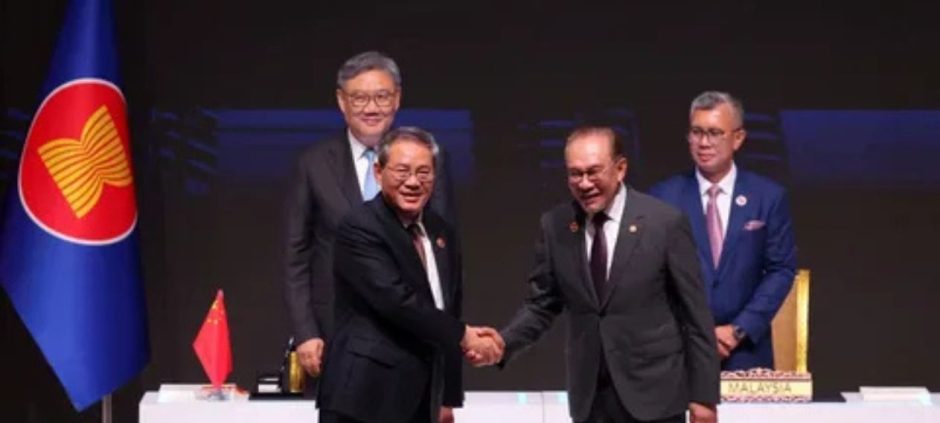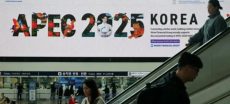The China–Association of Southeast Asian Nations (ASEAN) trade pact has taken a major leap forward as leaders at the summit in Kuala Lumpur signed the upgraded version of their free trade arrangement. The new trade pact was adopted amid growing pressure from US-imposed tariffs and global trade uncertainty.
The newly dubbed “3.0 version” of the agreement extends beyond traditional goods, embracing digital trade, green economy initiatives, and deeper supply-chain integration. With bilateral trade between China and ASEAN hitting around US$771 billion last year, the region is already China’s largest trading partner.
China’s Premier Li Qiang, speaking at the ceremony, framed the deal as a response to “economic coercion and bullying” and a stand against protectionism. “The trade pact aims to speed up liberalisation, strengthen industrial integration, and unlock new opportunities for both sides”, he said.
ASEAN member states view this upgraded trade pact as both a gesture of deeper cooperation with China and a buffer against external economic pressure. Many in the bloc have been especially affected by rising tariffs under Donald Trump’s trade policies, which continue to reshape regional trade patterns. Recently, Washington halted trade talks with Canada after a dispute, a move that highlighted the growing unpredictability of the US trade strategy.
While the agreement was signed enthusiastically, some analysts caution about its real-world impact. The upgrade does not include stronger enforcement measures found in other trade deals, and ASEAN nations may still tread carefully given China’s growing influence.
The deal also reflects overlapping diplomatic dynamics. On the sidelines of the same summit, the United States advanced its own trade arrangements with several Southeast Asian countries, underscoring that the region is caught between competing economic influences.
The signed trade pact is now expected to usher in reduced trade barriers, better access for smaller and medium-sized enterprises, and clearer rules governing intangible sectors like digital services and green technology.
In essence, this upgraded trade pact signals ASEAN and China’s intent to strengthen economic ties, diversify supply chains, and shield themselves from future tariff shocks. The move not only reinforces Asia’s economic unity but also hints at a shifting balance in global trade power.











